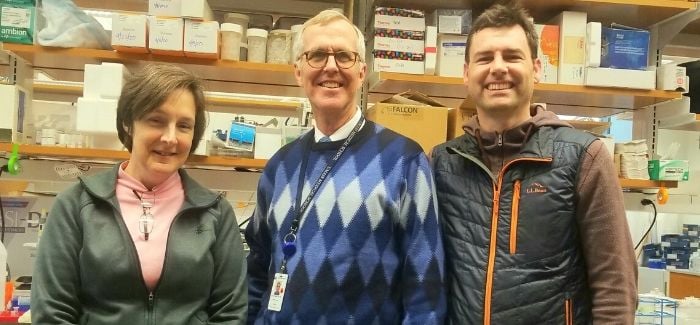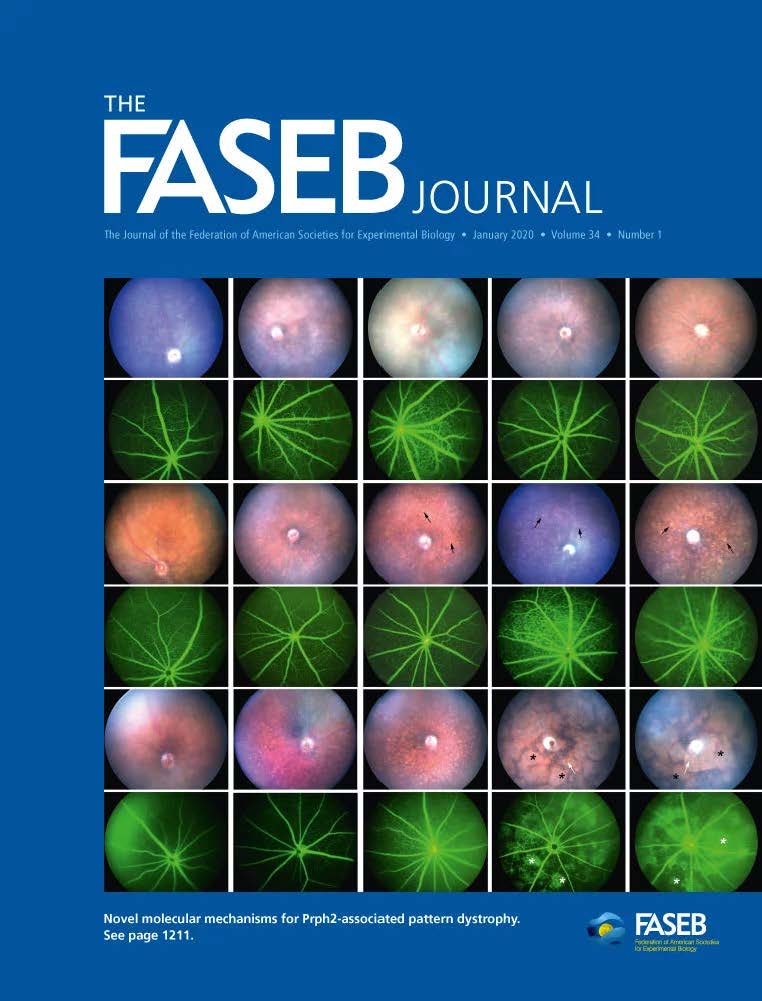The Harlan and Greiner Labs Developed a Method to Study Human Cells and Tissue That Improves Type 1 Diabetes Research
The new technique was published in The FASEB Journal
Date Posted: Tuesday, January 21, 2020
A new technique to study human cells and tissues has been developed at the UMass Diabetes Center of Excellence (DCOE). It’s another step forward in the effort to examine the insulin producing beta cells of humans living with type 1 diabetes (T1D) and learn more about the autoimmune attack associated with the disease.
 “Our ultimate goal is to prevent and cure diabetes,” said David M. Harlan, MD, co-director of the UMass DCOE. “We cannot fix what we don’t understand. Nobody on the planet yet has a fundamental and granular understanding of what causes diabetes in humans.”
“Our ultimate goal is to prevent and cure diabetes,” said David M. Harlan, MD, co-director of the UMass DCOE. “We cannot fix what we don’t understand. Nobody on the planet yet has a fundamental and granular understanding of what causes diabetes in humans.”
This newly created method allows scientists to recover and further examine sufficient amounts of living human cells that they previously transplanted into our novel human immune models. It’s featured in The FASEB Journal, January 2020 Recovery of viable endocrine‐specific cells and transcriptomes from human pancreatic islet‐engrafted mice.
While scientists cured diabetes in rodents in the 1970’s, those “cures” have not worked in humans, as our immune system is different than that of mice & rats. The insulin-secreting beta cells that are destroyed in the T1D autoimmune process are embedded in the pancreas and cannot be imaged or biopsied for study. In addition, since predicting which individuals will develop T1D is virtually impossible, studying precipitating events or early disease onset is very challenging.
A unique “humanized” mouse model was developed by the UMass Diabetes Center of Excellence by DCOE co-director Dale Greiner, PhD, DCOE immunologist Michael Brehm, PhD and their collaborators. The animals don't have immune systems of their own. Human cells and tissues derived from the stem cells of a single individual donor are inserted into the mice, and that person’s diabetes is then recreated and investigated within the humanized immune system. Researchers can reproduce that donor's diabetes in hundreds of humanized mouse models for study.
Well‐controlled experiments are performed to observe the cells’ interaction and responses to various conditions and stimuli. Until now, when human pancreatic islets were transplanted into the mice, it was not possible to later remove living cells to further examine how they responded.
“This technique that we’ve developed is exciting because not only does it allow us to view the conditions and gene expressions of these cells to better study diabetes, but it can also be applied to other fields of study,” said Sambra Redick, PhD, senior research scientist in the Harlan lab. “It opens the door to inserting any type of cells or tissues, manipulating them under specifically designed conditions, then taking them back out to analyze individual cells for function and the gene products driving their behavior.”
Even if people living with type 1 diabetes have beta cells that have managed to avoid autoimmune destruction, the autoimmune attack makes studying the function of these cells nearly impossible. By transplanting islets from donors with T1D into our humanized model, insulin secretion in response to glucose can be studied without fear of triggering an autoimmune response. After subjecting the human cells to various glucose conditions, challenges and therapies in vivo, individual living cells can now be recovered to closely examine and compare how each cell responded.
“If they’re still secreting insulin in a meaningful way after we’ve removed them from the humanized mouse, it can teach us a lot about what was occurring during the diabetes process,” said Redick.
For the very first time we’ve recovered transplanted human islets from mice in a sufficient amount of experiments, to dissect both their function and gene expression patterns. This will greatly expand our scientist's ability to explore cellular function in future humanized mouse experiments.
Related Articles:
Modeling and Studying the Autoimmune Processes of Human Type 1 Diabetes Using Human Cells and Tissue
Type 1 Diabetes Researcher Spotlight: Sambra Redick, PhD
